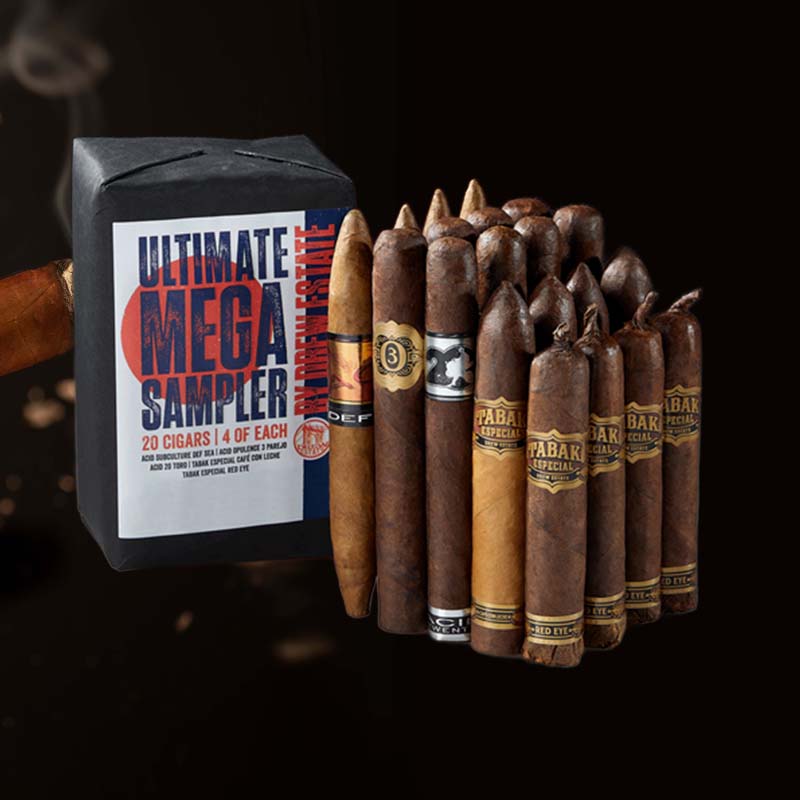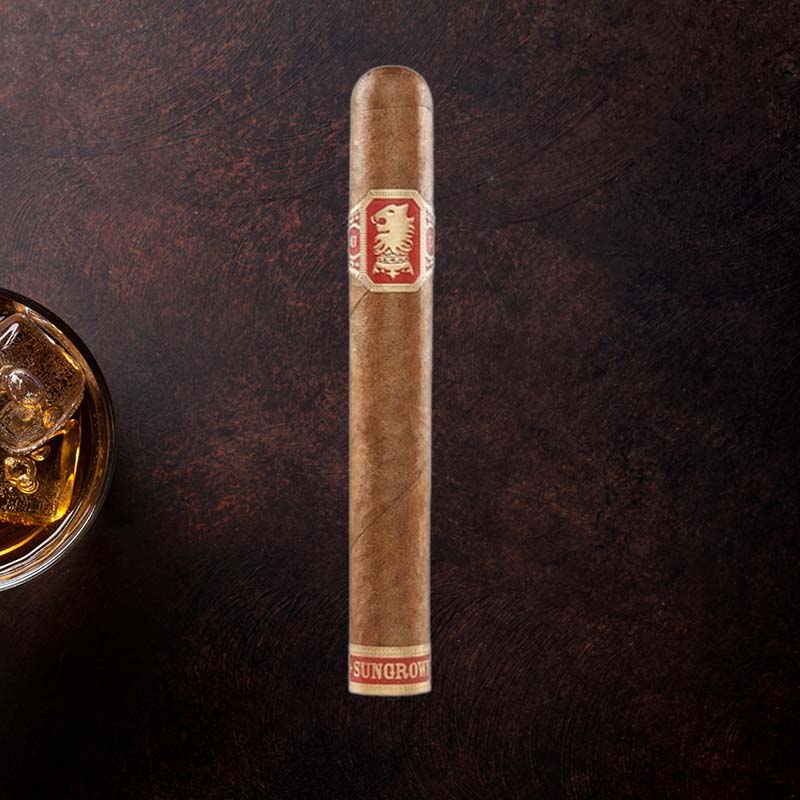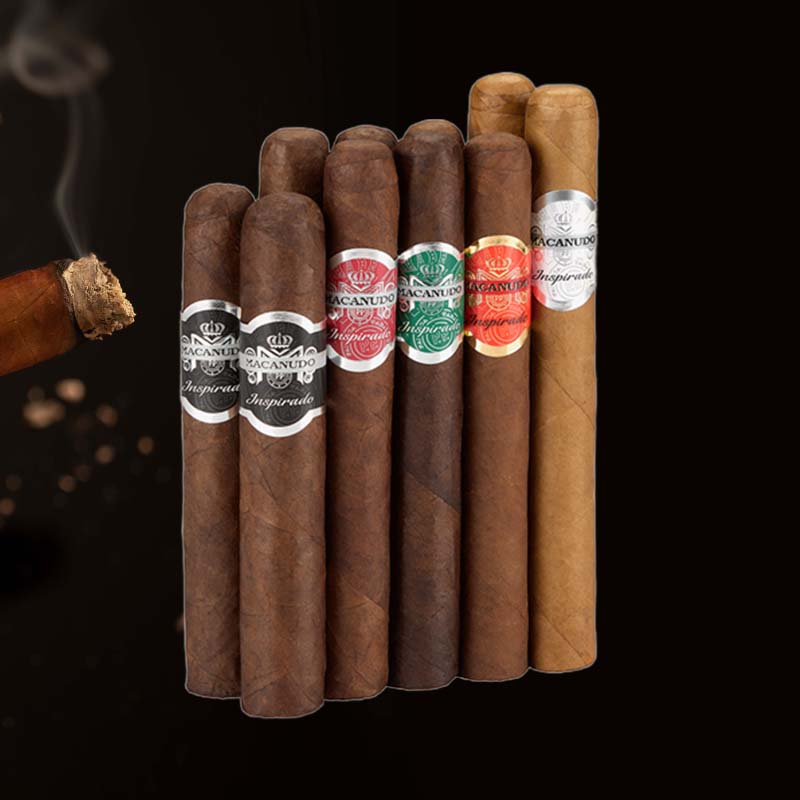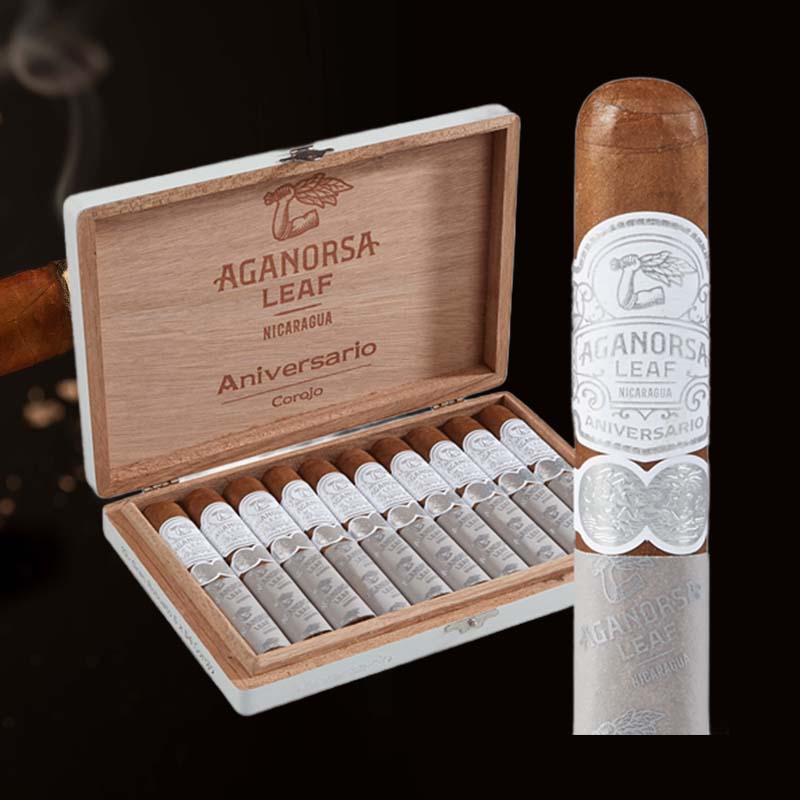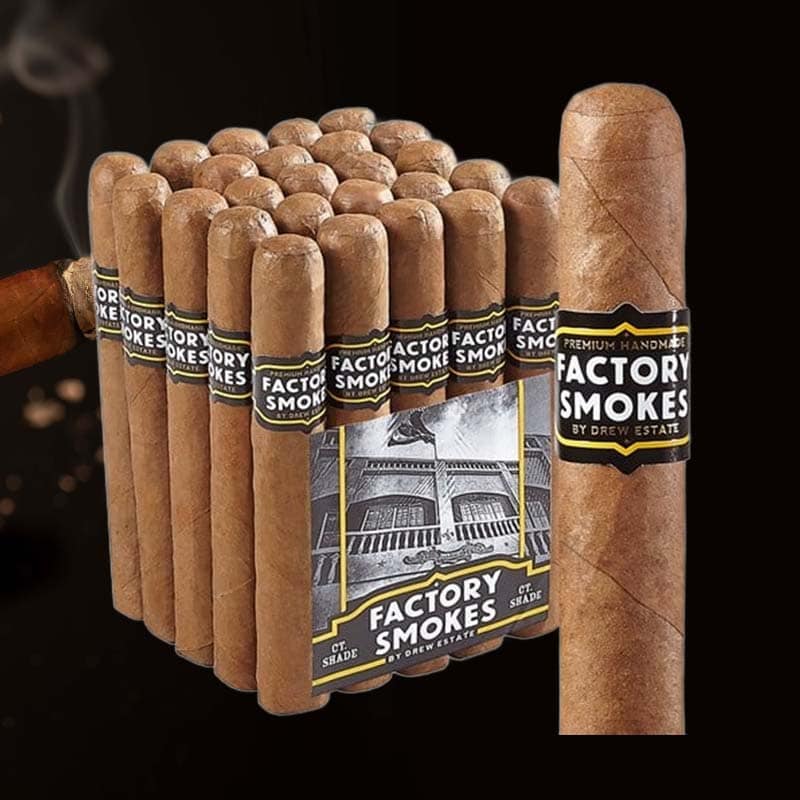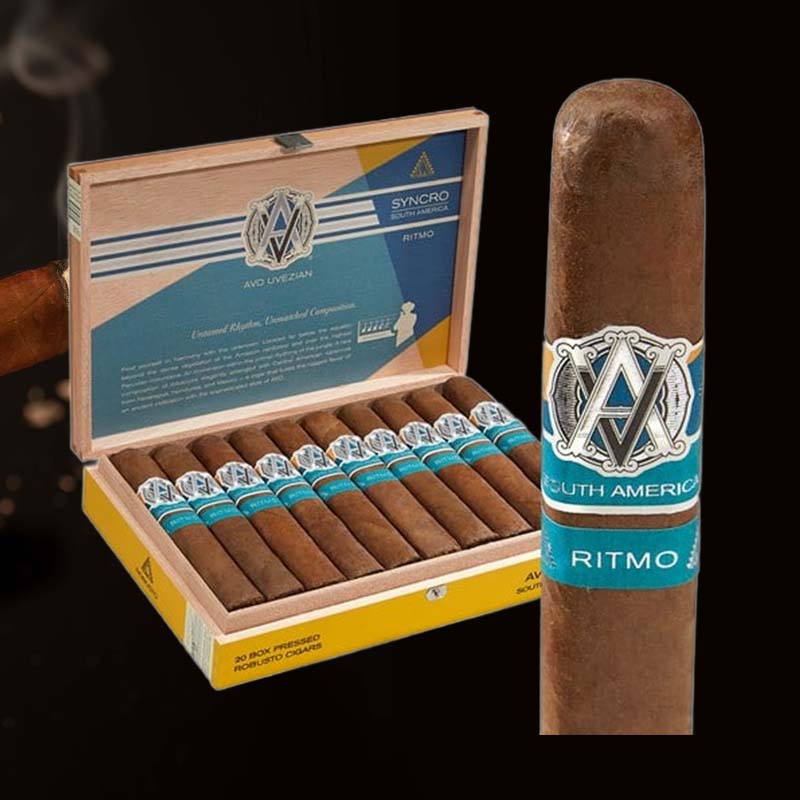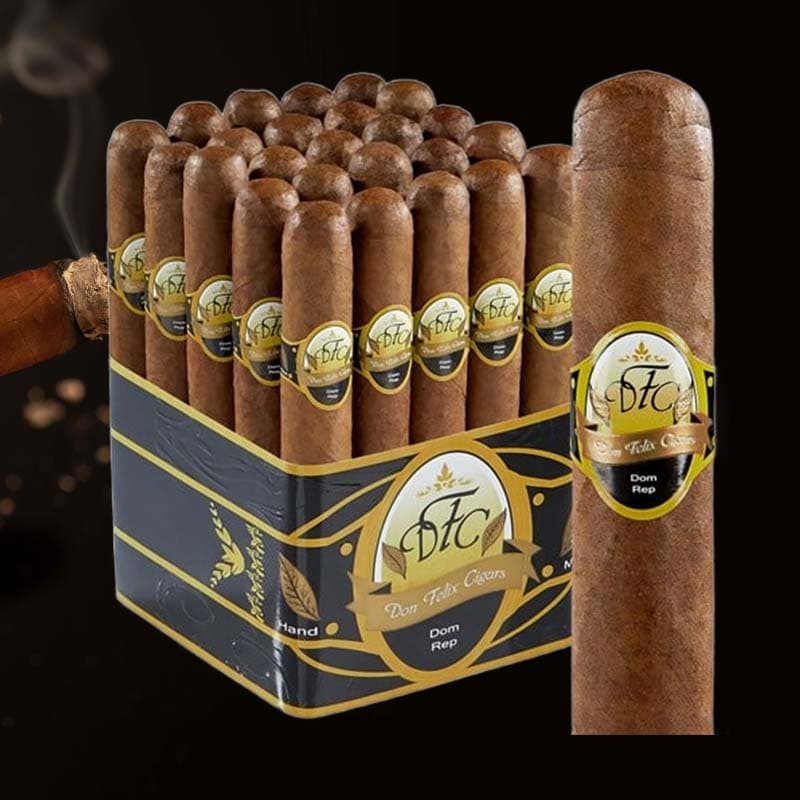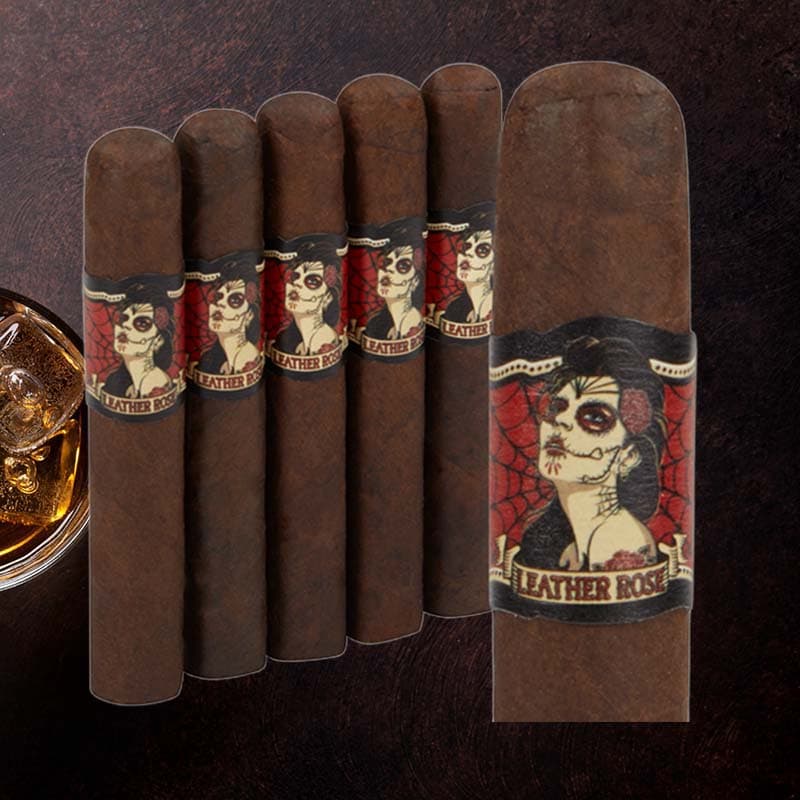Why is my torch not lighting
Have you ever found yourself in a situation where you’re ready to light up your favorite cigar, only to be met with the frustrating reality that your torch won’t ignite? As a passionate cigar enthusiast, I’ve felt that disappointment firsthand. One moment you’re eagerly anticipating that first puff, and the next, you’re faced with an uncooperative lighter. The good news is, you’re not alone in this predicament, and there are plenty of reasons your torch might not be lighting. Let’s dive into this together and explore the common causes, solutions, and tips to keep your torch functioning smoothly.
Common Causes of Torch Ignition Failure
Understanding why your torch isn’t lighting is the first step toward resolving the issue. Here are some common culprits I’ve encountered:
- Empty Fuel Cylinder: One of the most straightforward reasons. If there’s no butane left, you won’t get any flame.
- Clogged Nozzle: Over time, debris can accumulate, blocking the fuel from igniting.
- Faulty Igniter: Sometimes, the igniter fails to create a spark, leaving you with an immobile lighter.
- Low-Quality Butane: Cheap butane can cause irregular performances and ignition issues.
Preparing for Purging and Refilling
Before diving into the solutions, let’s prepare ourselves properly. Here’s how:
Steps to Ensure Safe Refilling
- Ensure your torch is completely cool before starting.
- Work in a well-ventilated area, away from flammable materials.
- Always use a high-quality butane designed for torches.
Purging Your Lighter
Purging your lighter is essential to eliminate any old fuel and air pockets.
How to Correctly Purge Your Torch
- Identify the purge valve, usually located at the bottom of the torch.
- Using a small tool, press down gently to release any remaining gas.
- Once the hissing sound stops, your torch is ready for refilling.
Refilling with Butane
Once purged, it’s time to refill your torch. Here’s how to do it effectively.
Proper Refilling Techniques for Optimal Performance
- Shake the butane canister briefly to mix the fuel.
- Invert the butane canister and press the nozzle into the refill port.
- Fill until you see a small amount of butane escape or feel the torch become cool to the touch.
Troubleshooting the Igniter
If your torch still refuses to ignite, the igniter might be the issue. Here’s what I’ve learned:
Diagnosing Igniter Issues
- Check for visible damage or debris on the igniter’s surface.
- Conduct a spark test; if it sparks but fails to light, consider replacement.
Troubleshooting the Fuel Cylinder
Your fuel source could also be the culprit. Here’s how to identify its problems:
Identifying Problems with the Fuel Source
- Ensure the fuel cylinder is properly connected and not blocked.
- Test with a different brand of butane if possible.
Troubleshooting Cleanliness
The lack of regular maintenance can cause all sorts of issues.
Importance of Regular Maintenance
- Clean the nozzle and igniter area with compressed air at least once a month.
- Inspect for residue buildup that could hinder performance.
Using High-Quality Butane
Not all butane is created equal, and I’ve learned this the hard way.
Why Butane Quality Matters
- High-quality butane burns cleaner, reducing residue.
- It enhances the performance and lifespan of your torch.
Checking the Flame Settings
Did you know your flame height can influence ignition? Here’s how to adjust it:
How to Adjust Your Flame for Best Performance
- Locate the flame adjustment knob on your torch.
- Test adjusting it a few notches up or down to find the optimal setting.
Checking the Flint
As basic as it sounds, a worn-out flint can be a major roadblock.
Replacing the Flint for Ignition Reliability
- Open the flint compartment, usually at the bottom of the torch.
- Remove any old, worn flints and insert a new one.
Checking for a Hissing Sound
Strange sounds can often tell us what’s wrong. Let’s explore this:
Understanding Sounds as Indicators of Issues
- A hissing sound may indicate a leak or pressure issue.
- If you hear sputtering, it could mean your torch is clogged.
Bleeding the Tank Before Refilling
Before adding more fuel, it’s crucial to bleed the tank. Here’s a quick guide:
Steps to Properly Bleed Your Torch
- Press the purge valve gently to release excess gas.
- Do this in a well-ventilated area to avoid fumes.
Choosing the Right Torch
A good lighter can make all the difference. Consider these factors:
Factors to Consider When Selecting a Torch
- Durability: Choose one that withstands wear and tear.
- Refillable vs Disposable: Refillable options often provide better value.
Quick Fixes for a Torch Lighter That Sparks But Won’t Start
Sometimes quick solutions are all we need. Here are some I’ve tried:
Immediate Solutions to Common Problems
- Check the fuel levels: Refill if necessary.
- Adjust the flame settings to see if that resolves the issue.
Contact Us for Support
If all else fails, don’t hesitate to reach out. Knowing you’re not alone gives me peace of mind, and I hope it does for you too.
How to Get Help with Your Torch Lighter
- Check the manufacturer’s website for troubleshooting guides.
- Reach out to customer support for personalized assistance.
FAQ
Why is my butane torch not igniting?
Common reasons include an empty fuel cylinder or a clogged nozzle, which can prevent ignition.
Why does my torch lighter spark but not light?
This could be due to a faulty igniter or low-quality butane that isn’t igniting effectively.
What causes a torch lighter to stop working?
Possible causes include empty fuel, clogged mechanisms, or worn components like the flint.
What to do when your torch doesn’t work?
Start by checking the fuel and igniter, purging the old fuel, and considering a refill with high-quality butane.

